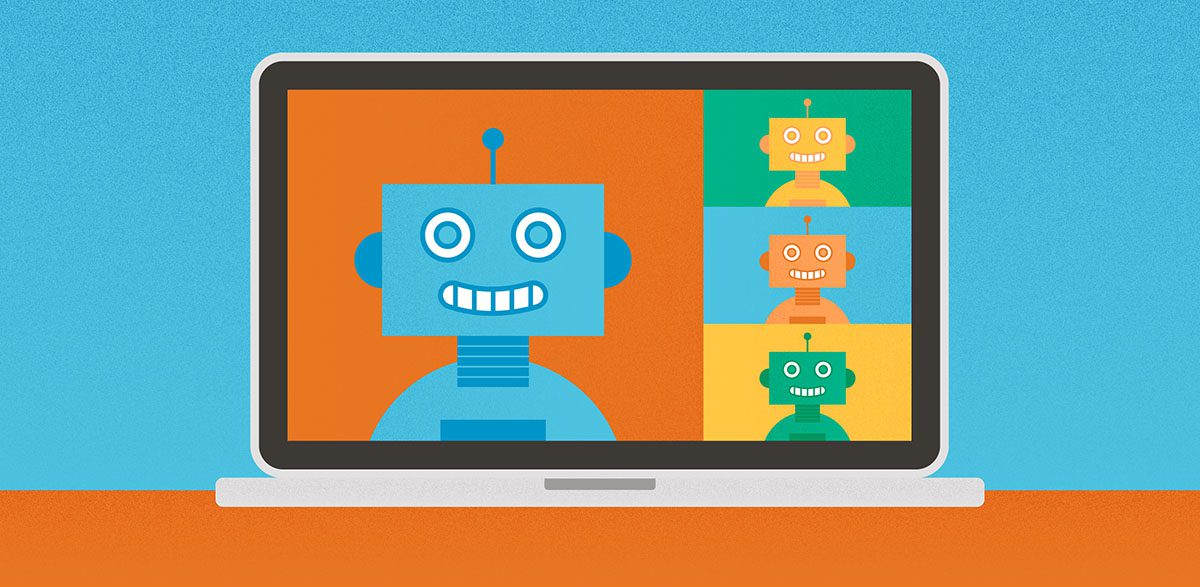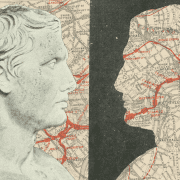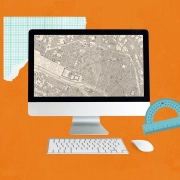Designing for Humans in a Robot’s World
Over the last few months, I, like most people, have been asking myself a lot of questions. Small questions like, “Do I have enough toilet paper?” Hard questions like, “When will I see my friends again?” And big questions like, “What will our world look like when this is all over?”
Recently, I had the opportunity to attend WordCamp — what is usually a one-day WordPress conference in Minneapolis but now, like so much of our lives, had shifted to being entirely virtual. Where better, I thought, to start finding answers to at least some of my questions, many of which are connected to our increasing dependence on the digital world.
As someone who has designed a website or two, I have been filled with a mixture of sadness at how much of our interactions have become virtual and curiosity about how we can work to make these spaces more meaningful and more inclusive. At WordCamp, I was pleased to discover some unexpected insights that left me feeling more motivated and optimistic than before. (Although no answers on the toilet paper front.)
SEO… It’s Not Just for Bots
I will be the first to admit that I was somewhat of a reluctant web designer. My teachers would stress how important it was, and I would be like, “Yeah, but the paper—it’s so romantic!” This changed when I realized it was arrogance, not romance, that was constraining my thinking.
By forcing my own notions of “good design” on the user, I wasn’t listening to what they actually needed or wanted. I had to shift my thinking into designing for the medium that would be most beneficial to the audience I was talking to and not just the medium that I wanted to create in.
What does all of this have to do with SEO? The prevailing attitudes towards SEO are that it is either a.) A game that can be won and lost or b.) A giant pain in the butt that Google has forced upon us all. While there may be some truth in these attitudes, SEO work can become more purposeful if we spend less time obsessing about search rankings and inscrutable algorithms and more time focusing on what’s really important: the user.
In one of the sessions I attended, Tyler Goldberg of CYBERsprout explained that, contrary to popular belief, Google is not out to get you when it comes to SEO. Google’s primary goal is deliver the content that is the most relevant and useful to the user. So if your goal is the same, you will be helping Google and, in turn, Google will help you.
While the SEO game can still be conned by those with deep pockets and black hat practices, it is definitely changing for the better. Google recently announced that it will be adjusting its algorithm to reward websites who provide a good user experience. This means content that is well-formatted and engaging and designs that are intuitive and easy-to-use. In other words, good SEO is really just good human-centric design.
We All Win With an Accessible Web
Many of us have only recently begun to rely on digital-only services as a lifeline to the outside world, but for people with disabilities, the web has long been a vital tool to help them live richer and more independent lives.
I am ashamed to say that when I first began designing for the web, accessibility was not something I put too much thought into. But the more I have learned about it, the more it has provided depth and purpose to my work.
In her session about web accessibility, Mychelle Blake of Firelink (and fellow Sioux Falls resident!) shared the importance of considering it at every stage of the process. There is no plug-and-play solution that will make a website accessible—it needs to be baked in from the site structure to the content to the design.
During this session, I was struck by the eerie similarities between SEO and accessibility. When it comes down to it, they are both about having empathy for the end user and delivering them a positive experience. Often, both SEO and accessibility are afterthoughts—something that comes secondary to the overall design. But, when we stop seeing these aspects as burdens or hoops we have to jump through and start working them into our overall purpose and strategy, we can start to design a web that is better for everyone.
As our reliance on the web grows stronger, it is more imperative than ever to create a web that useful, just, and, above all, human.
Kirstie is a Senior Designer and Web Lead at Matt Jensen Marketing.







